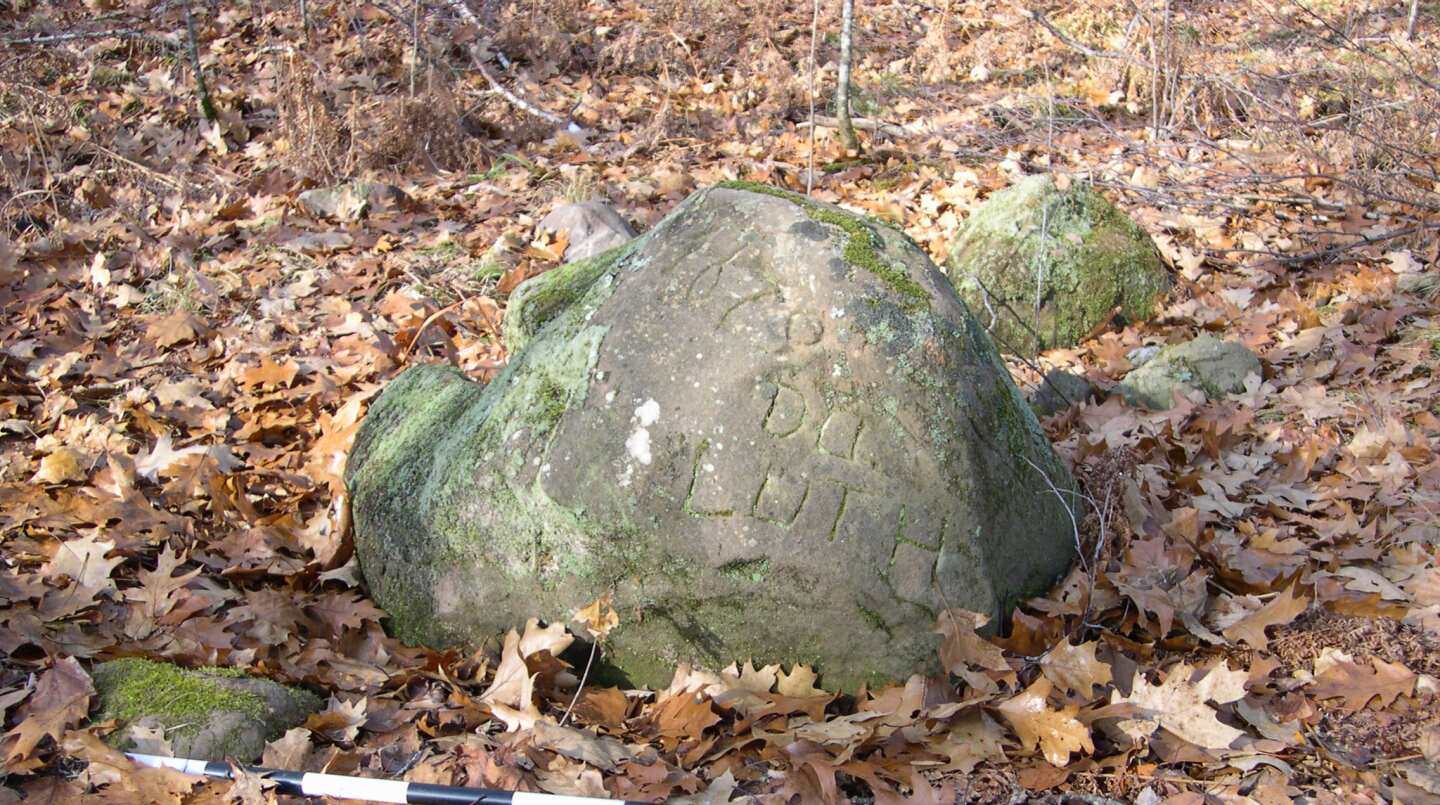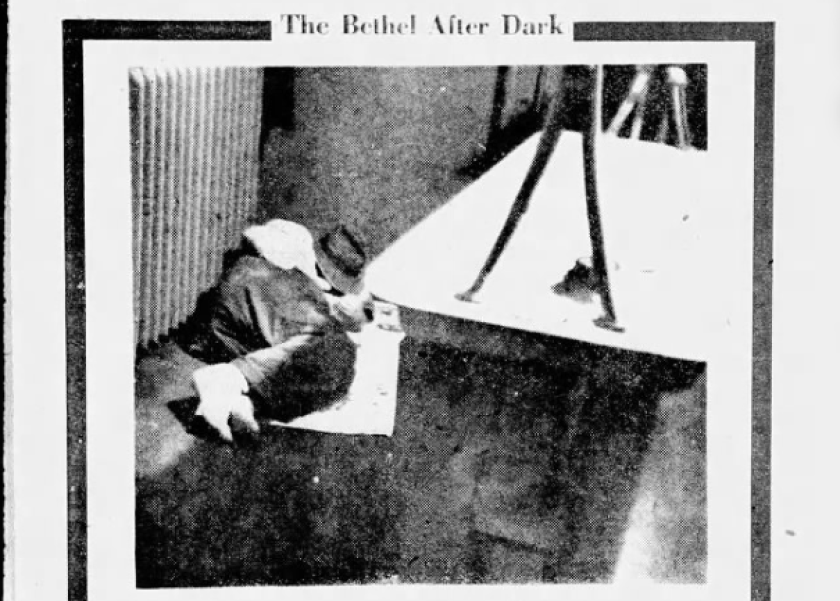EVELETH — How does a folk artist get people's attention while living in Eveleth in the middle of the 1900s? For Joseph (Jos) Bogdanich, the answer was simple — send his art to nearly everyone.
Bogdanich sent paintings, wood carvings and rock sculptures to schools, historical societies, libraries, musicians and politicians across Minnesota and the world. The University of Minnesota Duluth Kathryn A. Martin Library Archives has two large folders full of Bogdanich's personal letters, and over half of them are thank-you notes from recipients.
ADVERTISEMENT
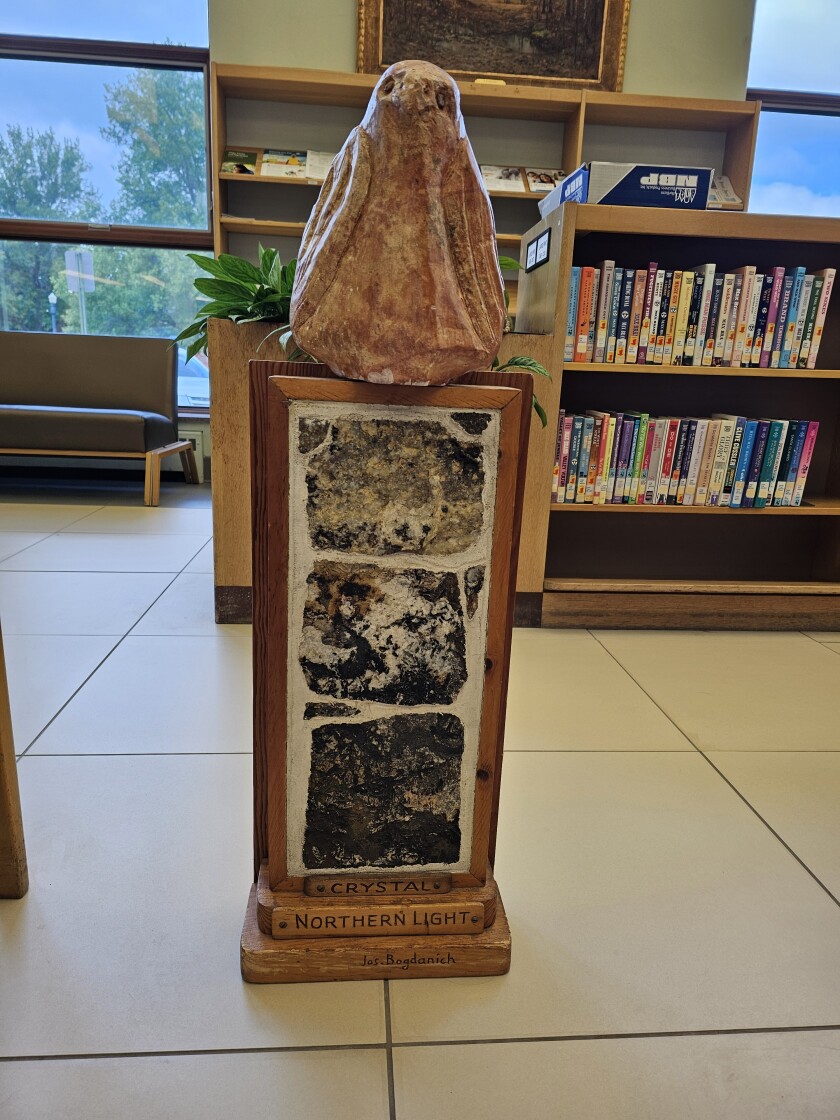
One thank-you came from Eleanor Roosevelt's secretary, Malvina Thompson, after he sent her a painting of the pink lady's slipper orchid.
"Mrs. Roosevelt has received the painting of the Pink Moccasin orchid and has asked me to thank you for it," read the letter, dated Dec. 6, 1943. "She is deeply appreciative of your kind thought in sending her this work of yours."
Others, such as singer Mary Verlich, of Duquesne University in Pittsburgh, remarked on how surprised they were to receive a work from him.
"Several weeks ago I had the honor of seeing some of your gorgeous, inimitable paintings which left a deep impression on me," read the letter from Verlich. "Sincerely, I hoped that I had at least one in my possession but at that time it seemed impossible.
"Can you imagine how surprised and thrilled I was when I received this painting? It is the nicest and most precious gift I have ever received during my years of singing.”
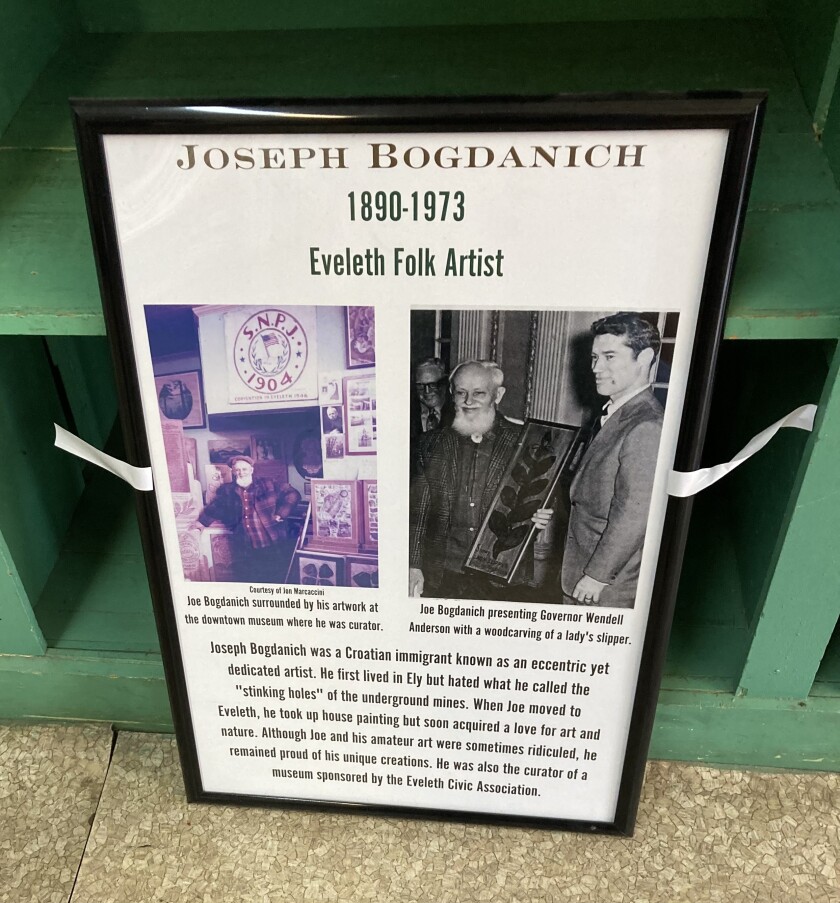
Verlich performed with the Duquesne University Tamburitzans, which toured through the Iron Range in the 1940s. Bogdanich exchanged letters with a few members of the group as they played music that reminded him of his home country, Croatia.
If they throw them away, that's all right. If they keep them, maybe people get to look at them. That's all I care about.
Bogdanich was born in Croatia in 1890 and moved to Ely in the 1920s. According to Iron Range historian Henry C. Peterson, in his book "The City on the Hill," Bogdanich worked as an iron miner in an underground mine near Ely for some time, but it was "a job he despised from the start." He soon lost that job and found work painting buildings around Ely and later Eveleth.
ADVERTISEMENT
Bogdanich's passion for art was as a hobby. He started with oil colors and tried a variety of surfaces, but he primarily worked with pressed wood or plywood to save on expenses. He made and then gave away hundreds of works, several of which revolved around the theme of the pink lady's slipper, Minnesota's state flower.
"I mean, they were just everywhere on the Range," said Connie Sabetti, Eveleth history enthusiast. "If you go to any library, city hall, museum — there's a good chance they have one of his works or had one at one time."
Peterson wrote that "a picture hardly had any time to dry before it was placed on display in a downtown store window."
"It wasn't long before his work was seen in businesses and public buildings all over town," Peterson wrote. "His output was amazing. Here was a man with dogged determination to be recognized."
But despite his output, his reception as an artist was less profound.
"There were some people who didn't like his work and would make fun of it," said Roger Kochevar, of the Eveleth Heritage Society. "But it was just like water off of a duck. It flowed right off."
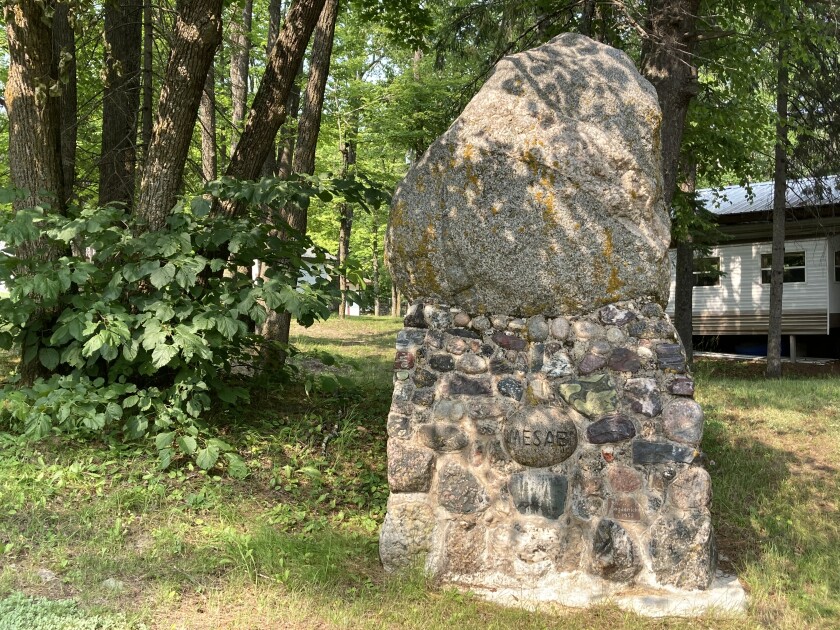
Bogdanich's thick skin can be summed up in a quote Peterson shares in his book: "If they throw them away, that's all right. If they keep them, maybe people get to look at them. That's all I care about."
ADVERTISEMENT
Bogdanich's work developed further as he got into wood burning and carving after someone gifted him a kit. Similar to his obsession with the lady's slipper orchid, Bogdanich later became fascinated with working with rocks. He made large rock monuments to various things around the city of Eveleth. One of the monuments, "Mesabi," from 1952, remains at the Y split entrance of Eveleth Veterans Park.
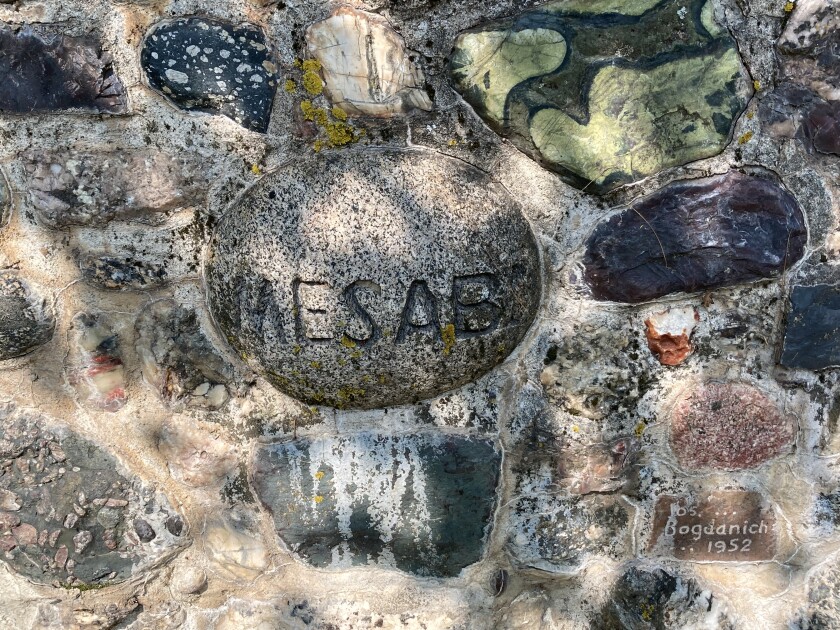
In his later years, Bogdanich became the curator of the Eveleth Civic Association's museum dedicated to Eveleth's history and art.
Bogdanich died in 1973 with no known relatives, but a gathering of friends celebrated his life with Croatian songs and a simple service, according to Peterson. A large collection of Bogdanich's art remains in the Eveleth City Hall basement, as well as in the collections or displays of art across the Range.







